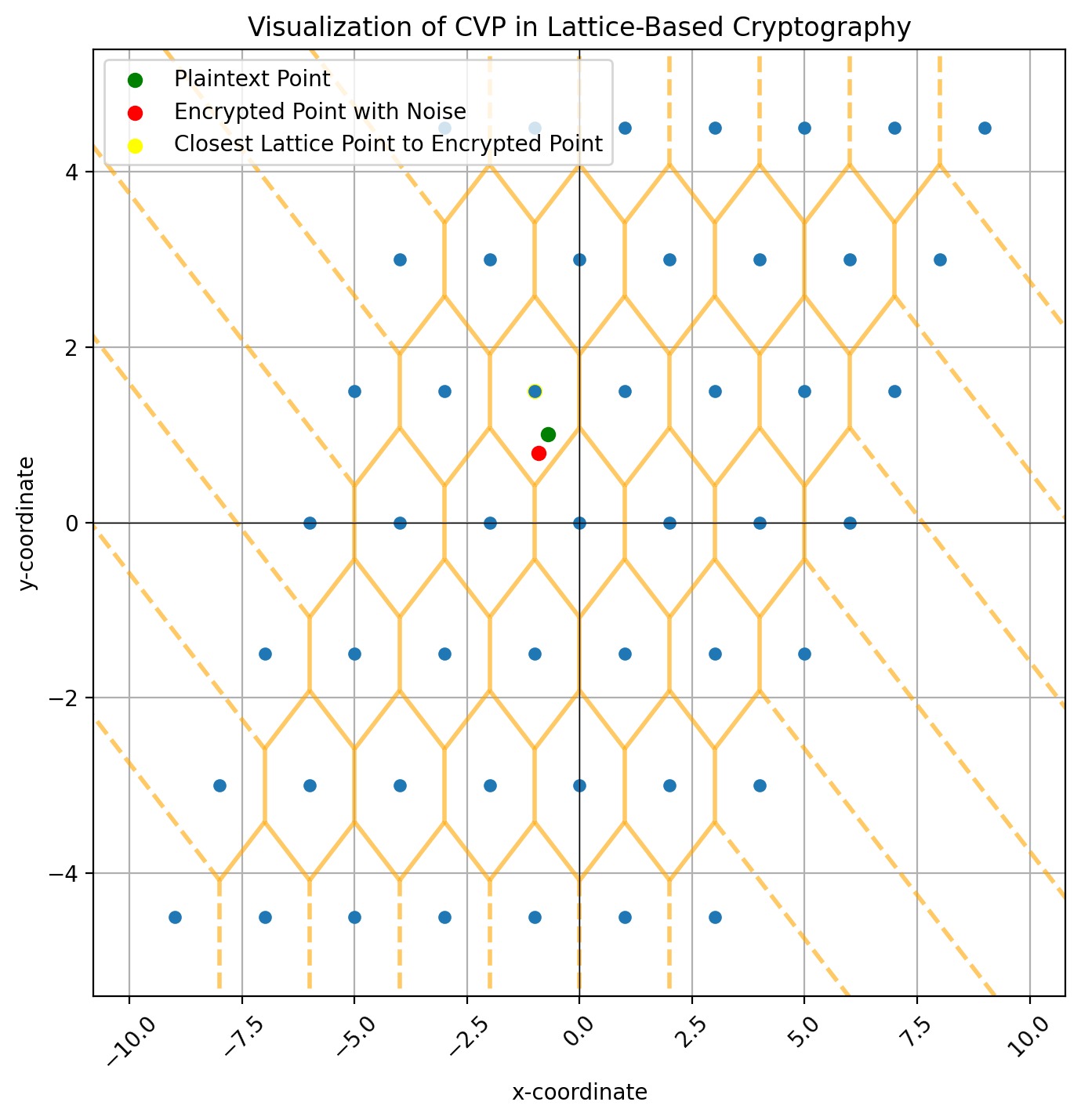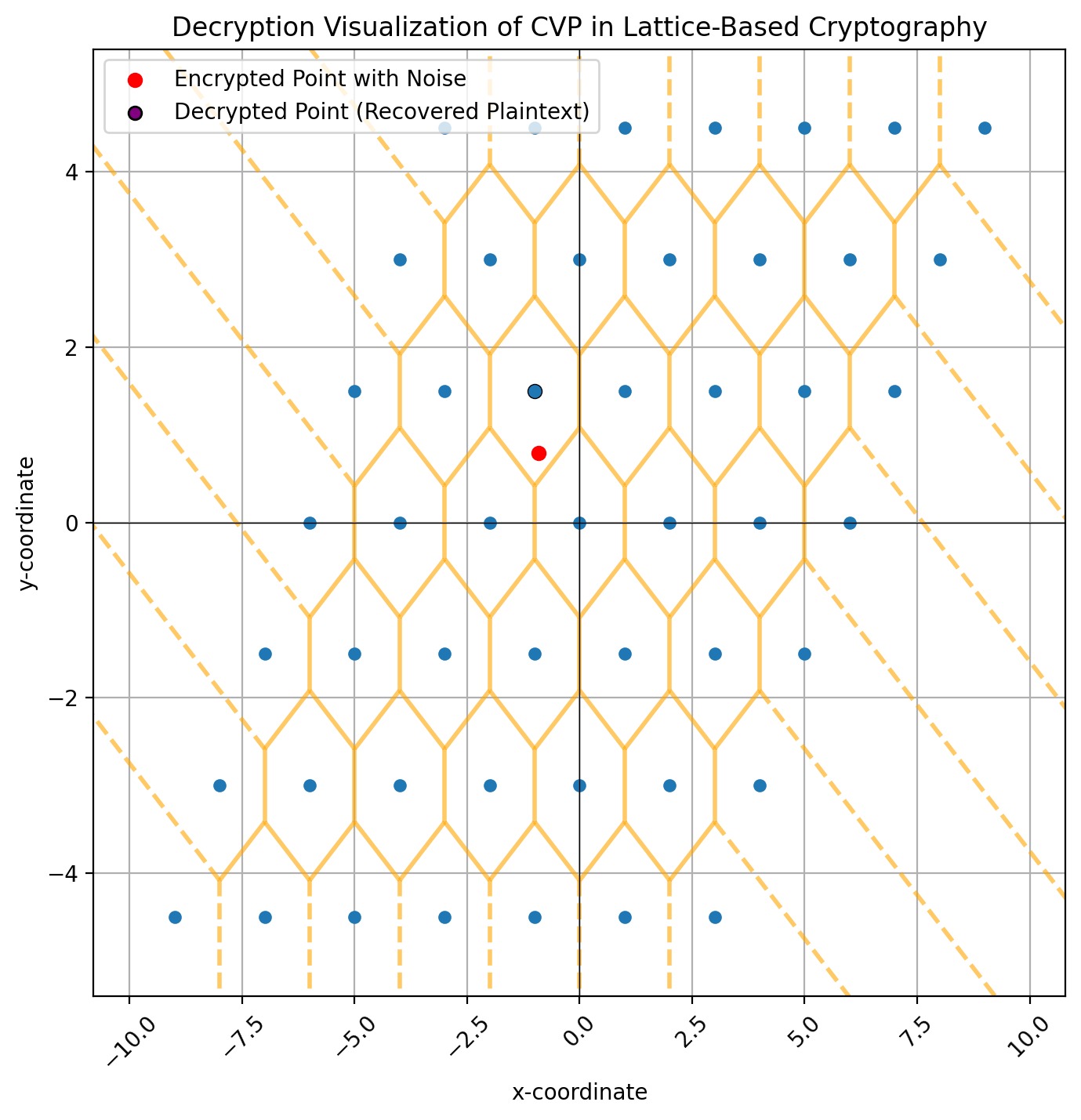Enabling privacy-preserving quantitative analysis on sensitive financial data sets without exposing underlying transaction information.
Future proof lattice-based cryptography in a changing quantum landscape.



The future waits for no one – financial services demand every edge yet data risks obstruct growth. Until now.


